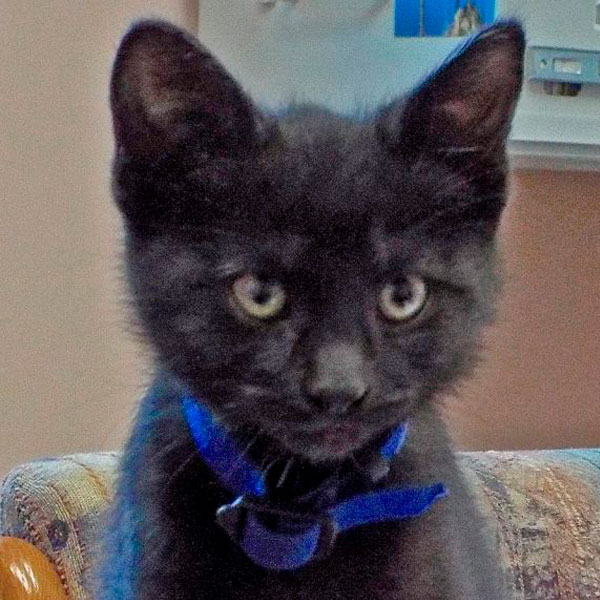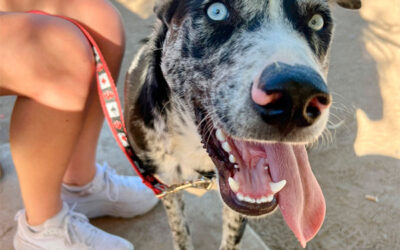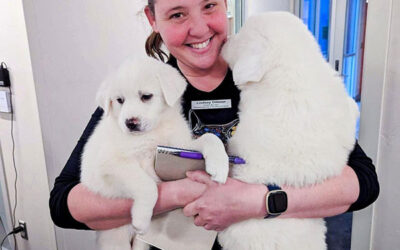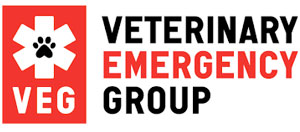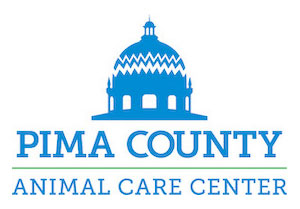When is kitten season?
Cats are usually referred to as seasonal breeders. This means they typically have their heat cycles from February to August. Remember when people would refer to such a time period? People would associate spring and warming temperatures with frolicking kittens. Well, kitten season at The Animal League of Green Valley (TALGV) is now year-round. We have been taking in kittens every month for the past 36 months! Three years of non-stop kittens.
It all started in January 2021, when we took in 6 kittens who were all over 2 months old and 2 pounds. Those are the magic numbers to decide whether or not a kitten can stay in-house or whether it has to go in a foster home, where they get 24/7 care and attention. Neonatal kittens (birth to 3 weeks of age) must be bottle-fed if there is no mother. Thankfully, some foster parents are willing to bottle-feed kittens, which is a daunting job. The foster must be willing to feed every two hours. I can’t imagine that these people get much sleep. We had 80 neonates come into TALGV this year. Some had mothers, but many did not.
In 2021, TALGV had 185 kittens come in through their doors. Some were discovered as strays, some were relinquished by their owners, and yet others were found abandoned at the shelter, usually in cardboard boxes with holes punched in them. At the time, we were shocked at the number of kittens. That was until 2022 when 356 kittens were surrendered to TALGV. This was close to double the previous year. Thankfully, we will not double 2022’s number for 2023. Through November of this year, we have taken in a total of 333 kittens. In June alone, we had 61 kittens come into TALGV, 41 of which had to go into foster homes. Amazingly, we had enough caring, dedicated foster volunteers to handle this immense number of kittens.
According to Pima County law, pets must be spayed/neutered before they can be adopted from a shelter. As such, kittens are now sterilized as early as two months of age. To many people this seems too young; however, to not sterilize and run the risk of a kitten getting pregnant is too high of a risk to take.
As a responsible pet owner, you will want to spay/neuter your cat. Not only do you run the risk of having kittens, but your unspayed female is also at risk of developing a pyometra, a potentially fatal infection of the uterus, or ovarian cancer.If you need assistance with the cost of spaying or neutering your cat, TALGV can help. You may call our Outreach Department (520-625-3785) and get a certificate for certain veterinarians. You will have to pay a copay, but it is much less than the cost of spaying and neutering. Otherwise, there is a non-profit organization called ASAVET that TALGV partners with. ASAVET is a non-profit mobile veterinary clinic that parks at TALGV once a month. It is first come, first serve. You get in line with your cat (in a carrier) or dog (on a leash). ASAVET takes about 25-30 animals. We will also throw in vaccinations. It is a great deal, and you will not have to worry about your cat having kittens.
For information about when ASAVET will next be at TALGV, please call our office at 520-625-3170
For more information about The Animal League of Green Valley go to https://talgv.org/


